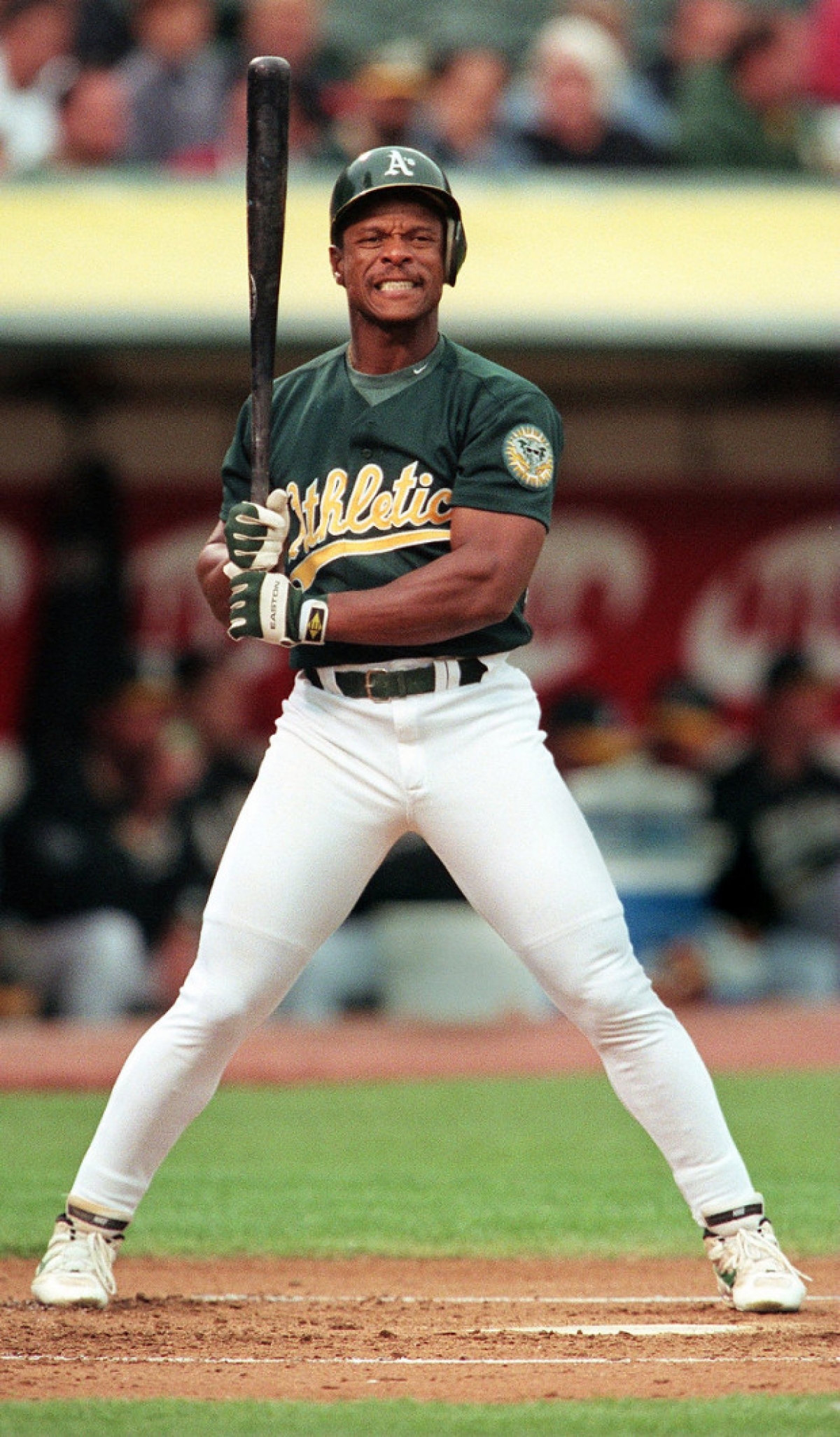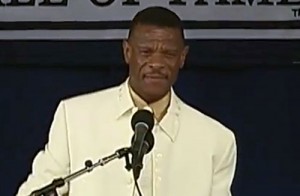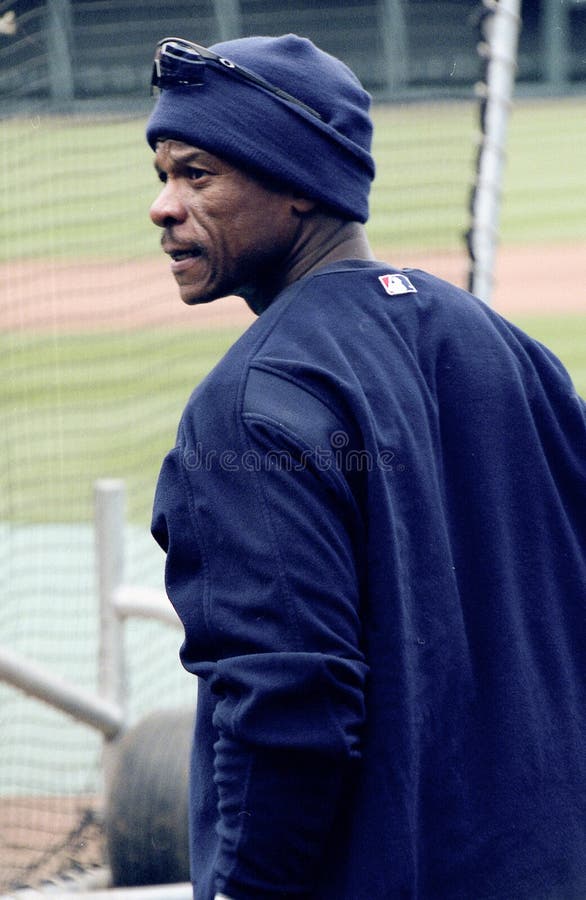


Completely understandably, this portion was the heaviest on non-sports content and at times reads more like a history of Oakland and black migration (think something akin to Boom Town by Sam Anderson). Its opening chapters cover Henderson’s early years and the impact the Great Migration of blacks from the south to northern and western cities had on Henderson’s family and Oakland in general. The book is structured into 3 roughly equally-sized sections. It doesn’t shed much new light on Henderson’s personality or private life (and I’m fine with that), but it does chronicle the life of a stellar athlete (Bill James once said splitting Rickey in half would leave you with two Hall of Famers) and places his career in context. In the end, my reluctance was somewhat justified but I’m still glad I read Rickey. But was Rickey Henderson an interesting enough subject to hold my engagement for over 400 pages? I like baseball well enough but I never was a huge A’s or Rickey Henderson fan and I mainly remember him from playing forever, stealing a ton of bases, and being portrayed as a prickly and aloof personality by the media. The book’s author, ESPN writer Howard Bryant, deftly explores the intersection of sports with race, history, and culture in his books and articles and was a former A’s beat writer during Henderson’s tenure with the team. Yet who couldn’t see the speed of a runner on the baseball field? Many commented that Henderson didn’t need a step or two to burst into a full-out run he went from still to flying.I came into Rickey: The Life and Legend of an American Original with a bit of trepidation.

Like so many elite athletes, he excelled at other sports and initially wanted to play for the Oakland Raiders.Īt Oakland Tech High School, Henderson also ran track for a bit, played football, basketball and baseball. Henderson came of age during the tumultuous 1960s and 1970s and found his way in sports. And they understood why, Hutton was just 18 – the same age Rickey and his group were now – when he was killed by police two days after Martin Luther King, Jr. The kids saw the (Black) Panthers, dressed like superhero-revolutionaries, who were armed to protect them, and saw what the FBI did to them, from little Bobby Hutton to Fred Hampton. “That attitude seemed to permeate the city. “Almost as a collective, residents of Black Oakland had arrived in town seeking better and by disposition were ready to demand their rights without asking for permission,” Bryant writes. At the 1984 All-Star Game with Eddie Murray (left) and Chili Davis (right), Henderson was now a perennial All-Star - but fumed about not being paid as much as the game’s home-run hitters.


 0 kommentar(er)
0 kommentar(er)
